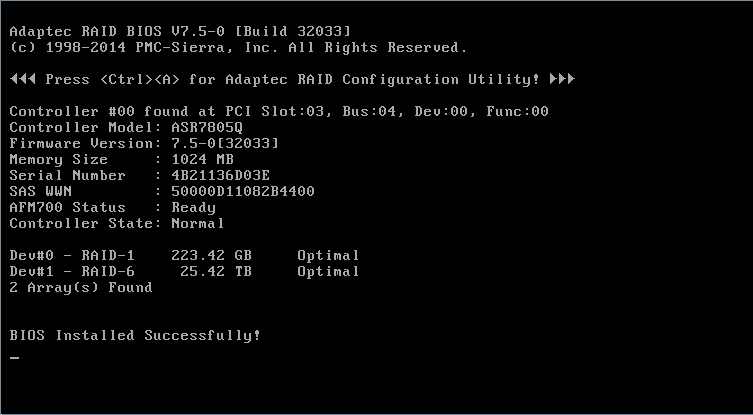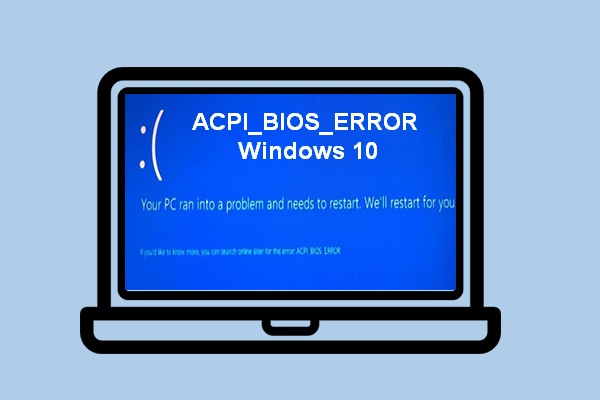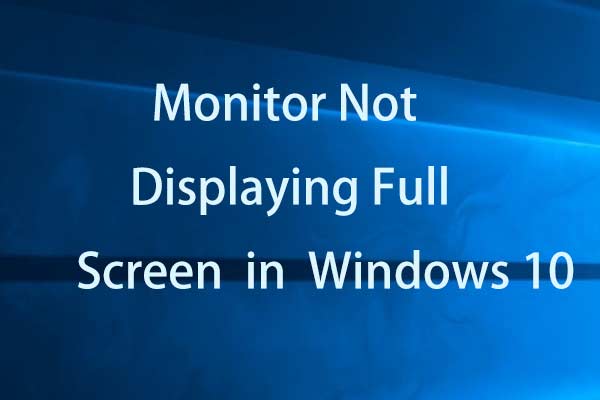POST, short for power-on self-test, is the initial set of diagnostic tests performed by the computer right after it's powered on. It intents to check for any hardware related issues. Read this post to get more information about it.
Power-on Self-test
What Is Power-on Self-test
What is POST? POST, referred to as Power-On Self-Test, is the initial setup of its power-on purpose to determine if there are hardware-related issues with the computer for proper diagnostic testing. The computer is not the only device running POST. Some devices, medical devices, and other devices can also perform very similar self-tests after they are powered on.

If all hardware passes the power-on self-test, the computer will continue the bootup process and may generate a single beep sound as well. If the power-on self-test is unsuccessful, it generates a beep code to indicate the error encountered and the computer will not boot up. All computer POST errors are related to hardware issues with one of the components in the computer.
The Role of POST in the Startup Process
The power-on self-test is the first step in the boot sequence. It doesn’t matter if you just restart your computer or turn it on for the first time within a few days. Regardless, POST will run.
It does not depend on any particular operating system. In fact, you don’t even need to have an operating system installed on your hard drive to run POST. This is because testing is handled by the system’s BIOS and not any installed software.
It checks for the existence and functioning of basic system devices, such as keyboards and other peripherals, and other hardware elements (such as processors, storage devices, and memory).
After the POST, the computer will continue to boot, but only if it completes successfully. The problem definitely comes after POST, such as Windows hangs during startup, but in most cases, these problems may be due to operating system or software issues, not hardware.
In computers compatible with IBM PC, the main responsibility of POST is handled by the BIOS. The BIOS will transfer some of these responsibilities to other programs designed to initialize very specific peripherals, especially for video and SCSI initialization. The principal duties of the main BIOS during POST are as follows:
- find, size, and verify the system main memory
- initialize BIOS
- identify, organize, and select which devices are available for booting
- verify CPU registers
- verify the integrity of the BIOS code itself
- verify some basic components like DMA, timer, interrupt controller
- pass control to other specialized extensions BIOS (if installed)
Errors about the Power-on Self-test
Almost everything that might prevent the computer from continuing to boot will signal some kind of error. Errors can come in the form of flashing LEDs, audible beeps, or error messages on the display, all of which are technically called POST codes, beep codes, and on-screen power-on self-test error messages. The following chart is about beeps and their corresponding meanings:
| Beeps | Meaning |
| 1 short beep | Normal POST – the system is OK |
| 2 short beeps | POST error – error code is shown on screen |
| No beep | Power supply, system board problem, disconnected CPU, or disconnected speaker |
| Continuous beep | Power supply, system board, or maybe RAM problem, keyboard problem |
| Repeating short beeps | Power supply or system board problem or keyboard |
| 1 long, 1 short beep | System board problem |
| 1 long, 2 short beeps | Display adapter problem (MDA, CGA) |
| 1 long, 3 short beeps | Enhanced Graphics Adapter (EGA) |
| 3 long beeps | 3270 keyboard card |
If some part of the power-on self-test fails, you will know soon after turning on the computer. For example, if the problem lies with the video card, and therefore you can’t see anything on the monitor.
On macOS computers, power-on self-test errors often appear as an icon or another graphic instead of an actual error message. For example, a broken folder icon after starting up your Mac may mean that the computer can’t find a suitable hard drive to boot from.
Certain types of failures during the POST might not produce an error at all, or the error may hide behind a computer manufacturer’s logo.
Final Words
In conclusion, this post has introduced “what is POST” and the roles of it in the startup process. In addition, you have also known some errors about the power-on self-test.

